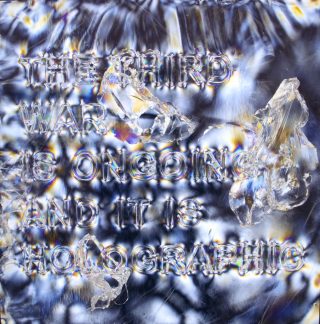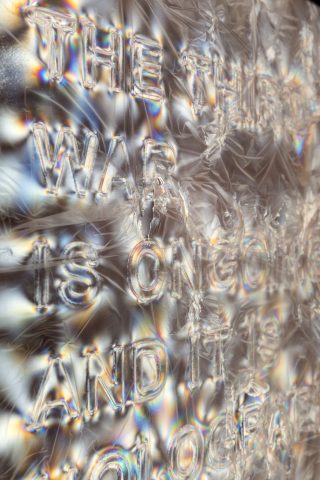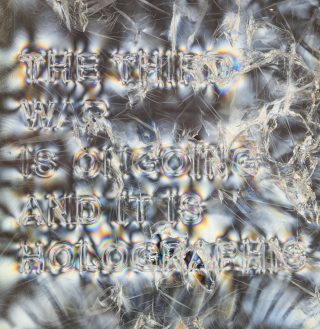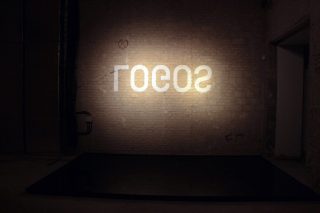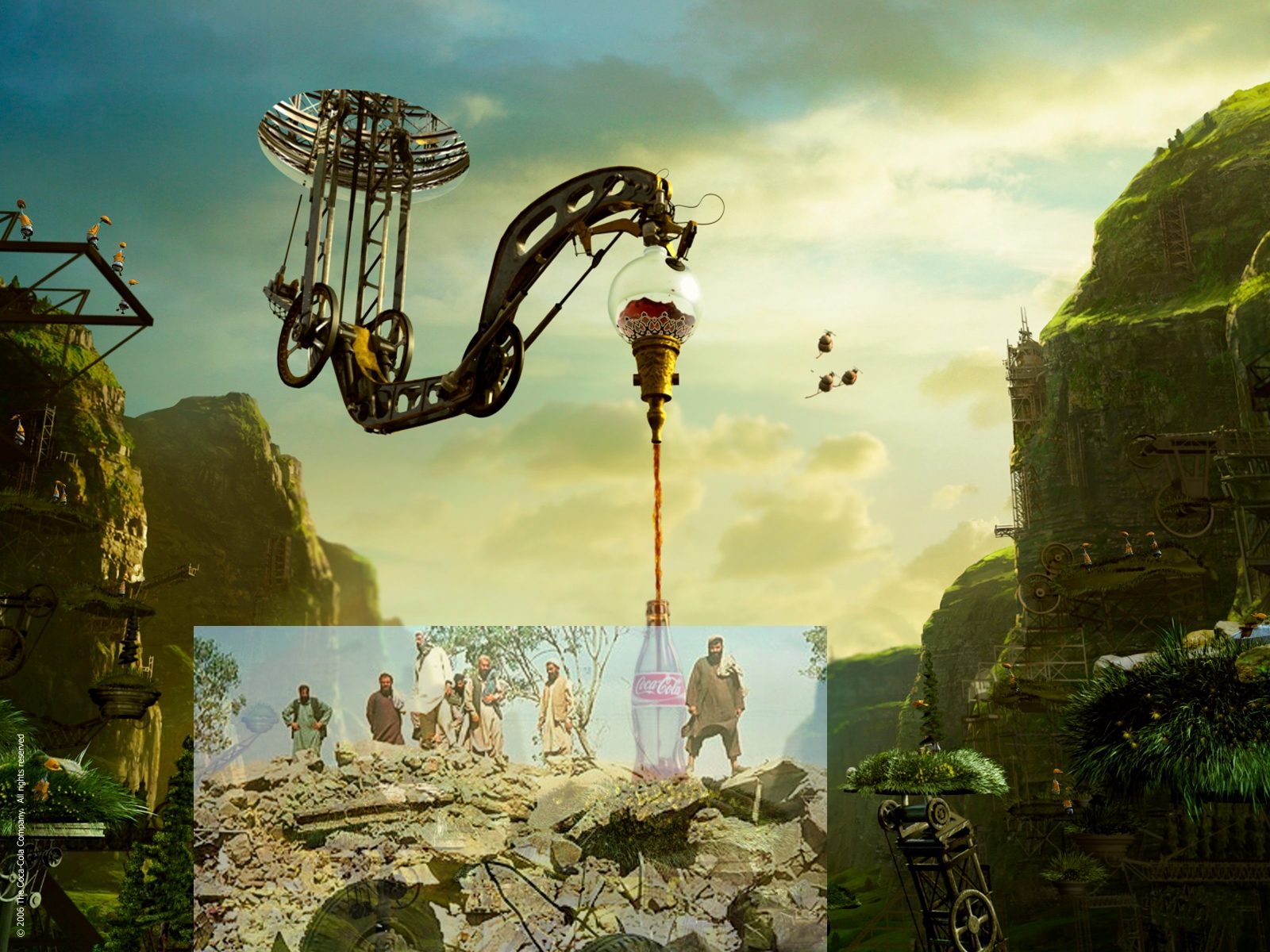
Only a year after the end of WWII, in his short story Deutsches Requiem, Jorge Luis Borges captures, in fiction, how the true destiny of the Nazis was trans-historical. This is exemplified by a Nazi criminal who, the night before his execution, smiles after realizing that the destiny of the movement was not simply to win a war but to reinsert the world in the “law of the sword”: “What does it matter that England is the hammer and we the anvil?”
This notion of the presence of the past connects with Sagan’s narrative and overall theme: the invisibility of the 20th century’s most complex riddle, Nazi Germany’s esoteric and biopolitical nature, destined to be alchemized into its opposite in the exact moment of extreme danger, “not on the last day, but on the very last.” Transformed towards the other face of force. This quote fashioned in the medium of polarization speaks of a battle placed on 1 a bizarre and incomprehensible spacetime, beneath and beyond the History we acknowledge—until now. None of the actors are localized in linear time, which is the greatest challenge for a contemporary imagination, similar to psychoanalysis where a patient exists under the rule of trauma and where they must remember—as in Ariadne’s thread—in order to understand the whole and transform their present. Every wave of the past is playing its game in the present, which is why they are not, in truth, in the past. Cosmic background noise. 2

